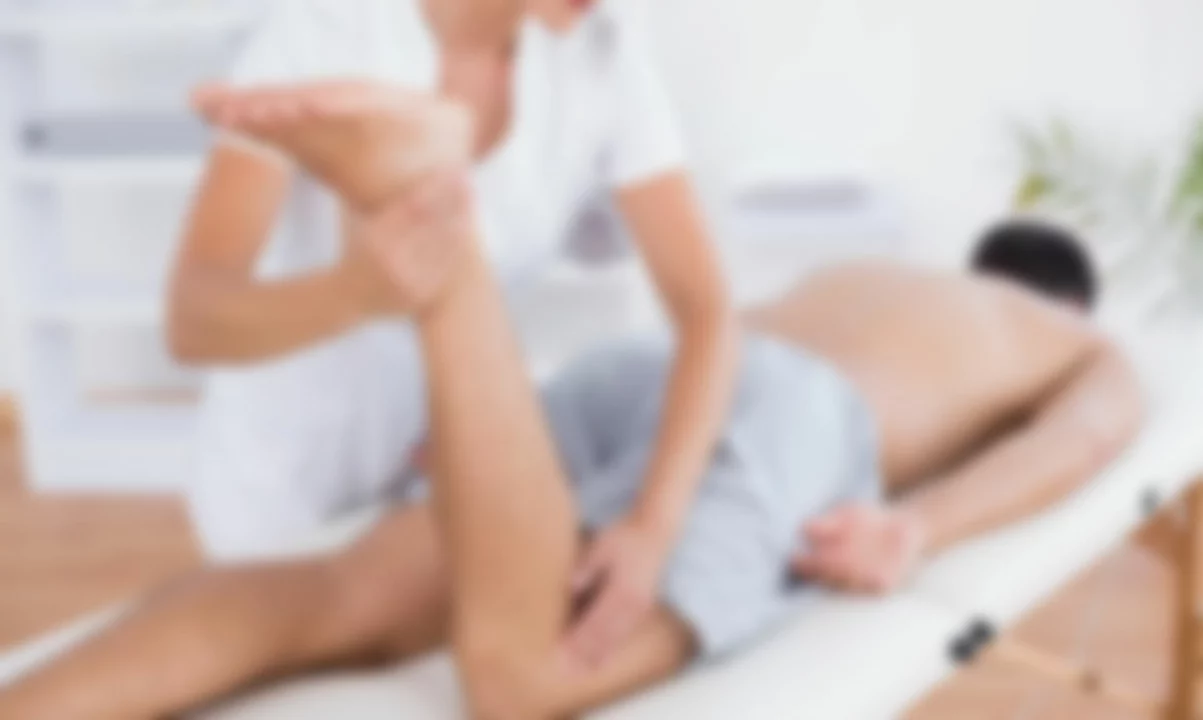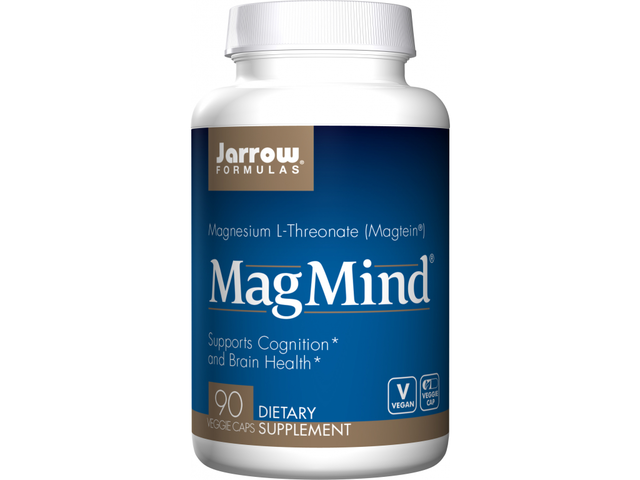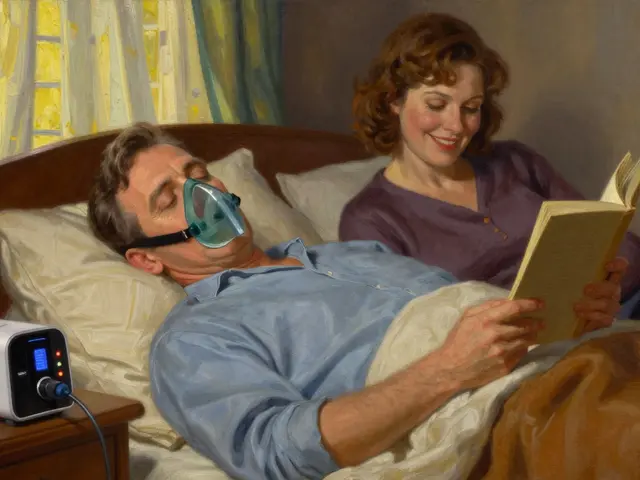Menstrual health: practical tips for periods, pain, and tracking
Up to 80% of people who menstruate get cramps at some point. That’s a lot, but most problems have straightforward fixes you can try at home or discuss with your doctor. This page gives clear, no-nonsense steps you can start using right away to feel better during your period and keep track of what’s normal for your body.
Common issues and simple fixes
Cramping: For many, ibuprofen or naproxen taken when cramps start cuts the pain. Heat works too — a heating pad or warm bath relaxes muscles. Gentle movement like walking or yoga often helps more than lying still.
Heavy bleeding: Track how many pads or tampons you use in a day. If you soak through one in an hour or two, see a clinician. Treatments range from iron supplements (to prevent or treat anemia) to hormonal options like the pill or a hormonal IUD that reduce flow.
Irregular cycles: Stress, weight changes, sleep shifts, and new meds can throw off your period. Start tracking dates and symptoms for three months — that info helps your provider find patterns and causes.
Daily care, tracking, and when to get help
Hygiene: Change tampons every 4–8 hours and pads when comfortable. Menstrual cups can be left in longer but follow the product guidance and wash hands before insertion. Avoid douching — it disrupts the vagina’s natural balance and raises infection risk.
Tracking: Use a period app or a simple calendar to log start and end dates, flow, pain level, mood, and spotting. Those notes make appointments faster and more useful. Also note any missed school/work or days you couldn’t do normal tasks — that’s important to mention to a provider.
Nutrition and lifestyle: Iron-rich foods (red meat, beans, leafy greens) help if your periods are heavy. Small habits matter: regular sleep, steady meals, and light exercise can reduce PMS and cycle irregularities. Some people find magnesium or B6 supplements help mood swings, but check with your clinician first.
Medications and medical options: Over-the-counter pain relievers work for most cramps. If they don’t, talk to your doctor about hormonal birth control, an IUD, or other medical treatments. For severe conditions like endometriosis or fibroids, referrals to a specialist make a big difference.
Warning signs: See a clinician if you have severe pain that stops daily life, bleeding so heavy you replace protection every hour, fever with pelvic pain, or persistent foul-smelling discharge. If your periods suddenly stop for several months and you’re not pregnant, get checked.
Buying meds online: If you order treatment online, use reputable pharmacies that require a prescription when appropriate. Keep copies of any prescriptions and check reviews and licensing to avoid scams.
Tracking your periods and knowing a few practical fixes will handle most issues. When anything feels off, use your notes to get faster answers from a clinician — that’s the quickest route back to feeling like yourself.

The Role of Massage Therapy in Managing Amenorrhea
In my latest blog post, I explored the role of massage therapy in managing amenorrhea, which is the absence of menstruation in women. I discovered that massage therapy can help stimulate blood flow to the reproductive organs and balance hormone levels, which may improve menstrual regularity. Additionally, massages can help alleviate stress, a common factor contributing to amenorrhea. I also learned about specific massage techniques, such as abdominal massages and reflexology, that can be beneficial for women experiencing amenorrhea. Overall, incorporating massage therapy into a holistic approach to managing amenorrhea can lead to positive outcomes for many women.
Health and WellnessLatest Posts
Tags
- online pharmacy
- medication
- dietary supplement
- side effects
- online pharmacy UK
- medication safety
- mental health
- impact
- online pharmacies
- dosage
- skin health
- health
- pain relief
- dietary supplements
- massage therapy
- medication side effects
- eye inflammation
- health benefits
- mental health treatment
- thyroid medication




